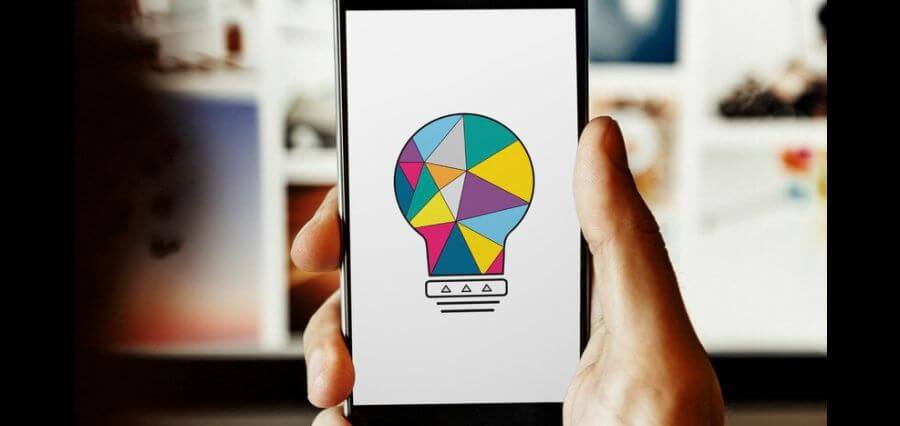Here is a little article dedicated to my new little niece! Let’s say that it already inspires me for the world of tomorrow. In my way, I would like us to continue this life challenge. Coding is the key to future jobs, but that’s just one of the perks.
Technology – and the coding that powers it – governs almost every aspect of our lives. Whether it’s paying bills with a few clicks, creating a music playlist, or driving a hybrid car to work from anywhere, we are surrounded by computer interfaces.
And as any frustrated parent who has ever turned their child into a personal computer technician knows, today’s children have keen intuition when interacting with computers.
Top five reasons why kids should start coding at a young age
Children learn faster than adults
From the age of 12, students are invited to school to choose a language such as French, English, or Spanish. This allows them to have a broader view of international cultures and become familiar with global societies.
Even more, this is excellent timing, as children, by nature, are wired to learn languages. It’s in their evolutionary makeup. While adults must consciously instill the rules and nuances of a new language, children acquire it unconsciously without even trying.
You can read more about this phenomenon on this blog, but the bottom line is this: the adolescent mind is quick to understand new forms of communication. And there is no language more international, more critical to the infrastructure of the modern world, and more essential to our technological future than coding.
Learning to code improves academic performance
Math and writing skills come into play in coding. The coder must visualize abstract concepts, apply computational thinking, and keep an overview of the “story” they are telling.
Coders identify problems, attempt solutions, evaluate results, and revise their decisions. Kids who code develop problem-solving skills and build resilience. They also exercise their creativity by designing and experimenting through Aark Learnings!
Additionally, the concepts behind coding are not lost on them. Rather, they add a powerful dimension to the tasks they already do, like sorting groups, counting, and literacy, and give them real-world applications in which they can use them.
Learning to code opens up opportunities for the future
When we’re impressed by the special effects in a movie or lost in the world of video games, we observe the work of coders and digital artists who bring their imaginations to life on the screen. Technology has always been a booming industry, and it will continue to be so.
According to the Canadian Bureau of Labor Statistics, “overall employment of web developers and digital designers is expected to increase by 23% between 2021 and 2031, much faster than the average for all occupations.”
Coding isn’t just used in entertainment and media: it’s also found in finance, retail, healthcare, sports, and every other profession where IT plays a role. The Metaverse is soon expected to play a significant role in how we interact socially and financially, and it’s 100% code.
Learning to code prepares children for the science of tomorrow
The pandemic – and the shockwave it has created – has revealed how interconnected and interdependent humanity is. It also revealed some of the COVID challenges we will face in the coming generation.
Whether tracking the virus, tracing its genealogy, analyzing data, or testing possible treatments, the ability to code is fundamental to processing, visualizing, and sharing all of this work.
Going further, harnessing the power of machine learning and predictive capabilities to address global supply chains, medical information, and climate trends will also rely on the ability to code.
Learning to code gives you confidence
The sense of empowerment that comes from knowing how to code gives children confidence that helps them navigate beyond the digital world. They see their ideas come to life and become resilient, learning to use failure as a springboard to explore other solutions.
They take on complex challenges, apply creative solutions, observe their successes, and realize that they can create worlds.
They learn to think of themselves not as passive users of different apps and games, but as active creators, understanding all the tools involved. They are neither intimidated nor fazed by the constant flow of updated next-gen technologies.
Conclusion
In conclusion, introducing youngsters to coding from an early age offers a plethora of advantages that go beyond the mere realm of programming. The skills honed through coding, including problem-solving, creativity, computational thinking, and digital literacy, lay a sturdy groundwork for their future pursuits.
Early exposure to coding not only readies them for the constantly evolving job market, where technological adeptness is increasingly crucial but also fosters a mindset centered on innovation and adaptability.
In a world becoming more interconnected and technology-centric, providing children with coding skills is like furnishing them with a key to open countless doors of opportunity.
By instilling a passion for learning and a knack for problem-solving, early coding experiences pave the way for a generation that isn’t merely consumers of technology but active architects and contributors, poised to shape the future with confidence and ingenuity.









